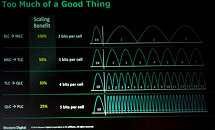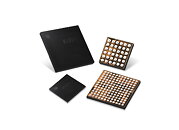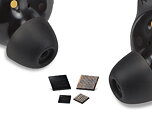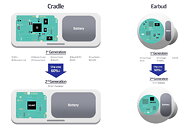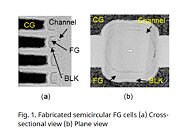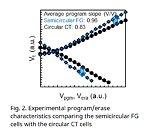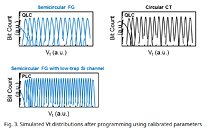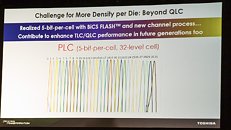Server Shipment Growth and Spiking Pricing Push Total 2Q22 Enterprise SSD Revenue Growth to 31% QoQ, Says TrendForce
According to TrendForce research, material supply improvement and spiking demand for enterprise SSDs from North American hyperscale data center and enterprise clients in 2Q22 coupled with the Kioxia contamination incident in 1Q22 prompted customers to ramp up procurement to avoid future supply shortages. Manufacturers also give priority to meeting the needs of server customers due to the high pricing of enterprise SSD. In the second quarter, overall revenue of the enterprise SSD market increased by 31.3% to US$7.32 billion.
As the market leader, Samsung has grown its enterprise SSD revenue to US$3.26 billion with the recovery of enterprise SSD procurement. Especially in the second quarter, when orders for other consumer products continued to decline, enterprise SSD became the company's outlet for reducing production capacity. At present, Samsung has been continuously investing in the development of next-generation transmission specification products such as the CXL 2.0 product released at the Flash Summit in early August, in order to maintain a leading position in the market.
As the market leader, Samsung has grown its enterprise SSD revenue to US$3.26 billion with the recovery of enterprise SSD procurement. Especially in the second quarter, when orders for other consumer products continued to decline, enterprise SSD became the company's outlet for reducing production capacity. At present, Samsung has been continuously investing in the development of next-generation transmission specification products such as the CXL 2.0 product released at the Flash Summit in early August, in order to maintain a leading position in the market.


